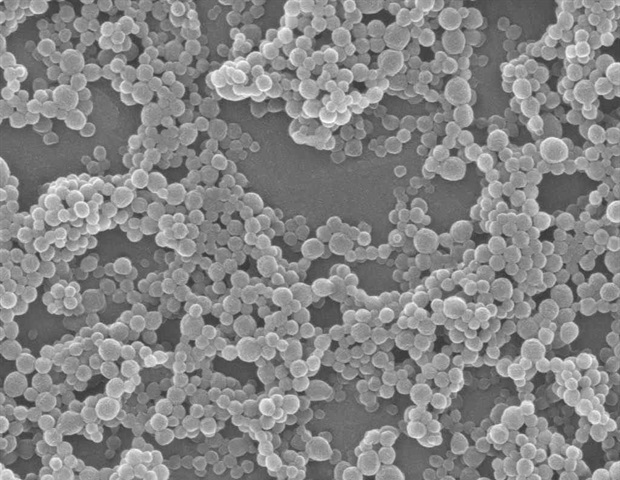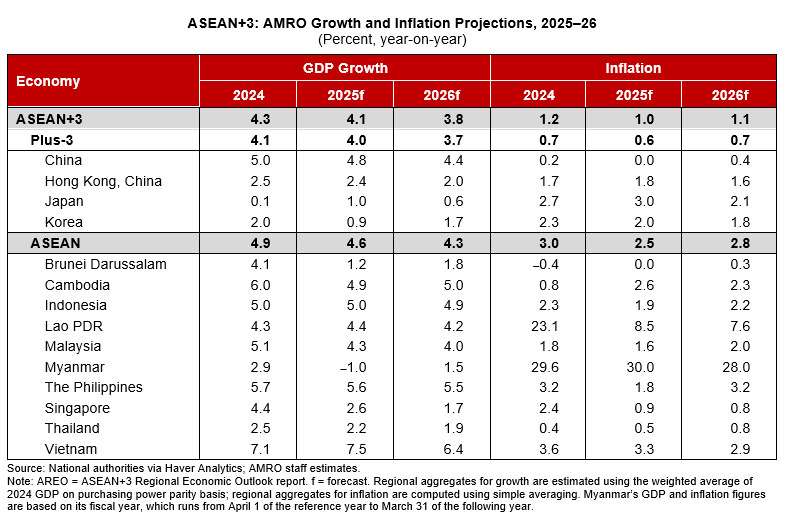- Warner Music in talks with Netflix for films based on its artists, Bloomberg News reports Reuters
- Warner Music in talks with Netflix for films based on its artists, Bloomberg News reports By Reuters Investing.com
- Warner Music in talks with…
Author: admin
-
Warner Music in talks with Netflix for films based on its artists, Bloomberg News reports – Reuters
-
What records can Djokovic extend in Shanghai? – ATP Tour
- What records can Djokovic extend in Shanghai? ATP Tour
- Djokovic advances, Shelton loses in Shanghai ESPN
- Novak Djokovic: Can 24-time Grand Slam champion challenge Carlos Alcaraz and Jannik Sinner in remaining tournaments? Sky Sports
- Djokovic’s…
Continue Reading
-

Nasal spray of gold nanoparticles delivers lithium directly to the brain
In the form of a ‘nasal spray’, tiny gold particles act as carriers, delivering a treatment directly to the brain: developed by scientists at the Università Cattolica Rome campus/Fondazione Policlinico Universitario A. Gemelli…
Continue Reading
-

Victoria Beckham hits ‘breaking point’ over rift with Brooklyn, Nicola Peltz
Victoria Beckham’s heartbreak deepens amid Brooklyn, Nicola rift Victoria Beckham is reportedly “losing her mind” over her feud with son Brooklyn Beckham and his wife Nicola Peltz.
A family source close to Beckham…
Continue Reading
-

Pakistan: Ambush by TTP near Afghanistan border claims lives of 11 soldiers
A deadly ambush by Tehreek-e-Taliban Pakistan (TTP) fighters near the Afghan border in the early hours of Wednesday claimed the lives of at least 11 Pakistani soldiers, including two senior officers – Maj Tayyab Rahat and Lt Col Junaid Arif.The…
Continue Reading
-

Meghan Markle Just Stepped Out With The Most Incredible Glow
Meghan Markle, Duchess of Sussex, attends the Balenciaga Spring/Summer 2026 show as part of Paris Fashion Week on October 04, 2025, in Paris, France. (Photo by Arnold Jerocki/Getty Images for Balenciaga) There was no missing Meghan…
Continue Reading
-

Quarterly Update of the ASEAN+3 Regional Economic Outlook (AREO) – October 2025 – ASEAN+3 Macroeconomic Research Office
ASEAN+3 Remains Resilient Amid Heightened Global Uncertainties
In the October 2025 update of the AREO, AMRO forecasts the ASEAN+3 region to grow at 4.1 percent in 2025 and 3.8 percent in 2026, an upward revision from July’s forecast, supported by robust first-half performance and stronger-than-expected export momentum. Market pressures have gradually eased since peaking in April following the announcement of the “Liberation Day” tariffs.
Continue Reading
-

ASEAN+3 Remains Resilient Amid Heightened Global Uncertainties – ASEAN+3 Macroeconomic Research Office
SINGAPORE, October 9, 2025 – The ASEAN+3 Macroeconomic Research Office (AMRO) today released its ASEAN+3 Financial Stability Report (AFSR) 2025 and the ASEAN+3 Regional Economic Outlook (AREO) October Update, highlighting the region’s broad resilience in the face of heightened uncertainties driven by US trade policy shifts and geopolitical tensions.
Growth in the ASEAN+3 region is projected at 4.1 percent in 2025 and 3.8 percent in 2026, an upward revision from July’s forecast, supported by robust first-half performance and stronger-than-expected export momentum. Market pressures have gradually eased since peaking in April following the announcement of the “Liberation Day” tariffs.
“While intra-regional trade and domestic demand have become increasingly important growth drivers across ASEAN+3, the region remains deeply connected to the global financial system and is therefore not insulated from global shocks,” said AMRO Chief Economist Dong He. “Overall, the region’s financial system remains resilient, although pockets of vulnerabilities persist.”
Export-oriented corporate sectors—particularly smaller firms with high exposure to US demand—may face pressures on profit margins amid shifting trade dynamics. Inflation pressures in the US could persist amid higher import tariffs, complicating the Fed’s monetary policy stance and potentially triggering spillovers to other parts of the world. Additionally, growing uncertainty around the US dollar’s safe-haven status could further fragment the global financial landscape.
Despite these challenges, ASEAN+3 economies remain well-positioned to navigate global headwinds. Well-calibrated policy mixes and strong fundamentals—including robust banking systems, deepening financial markets, ample foreign reserves, and available policy space—have provided critical buffers. With inflation largely subdued and expectations well-anchored in most economies, central banks can maintain accommodative monetary policy to support growth.
At the same time, macroprudential tools, along with foreign exchange and capital flow management measures, offer additional safeguards to maintain financial stability and mitigate external spillovers. However, AMRO underscores that support should be carefully targeted to vulnerable sectors and deployed prudently to preserve policy space amid elevated external uncertainty.
Beyond near-term risks, the region is undergoing deeper structural transitions. Most notably, the rapid digitalization of financial services presents opportunities for greater financial inclusion and efficiency, while also introducing new challenges to financial stability.
“Digitalization of the banking sector is reshaping the market structure, offering new pathways for inclusion and efficiency,” said Runchana Pongsaparn, AMRO Group Head for Financial Surveillance. “But it also alters the nature and distribution of financial stability risks. Policymakers must adopt a multi-pronged strategy that promotes innovation while managing risks, calibrated to the maturity of each market segment.”
As ASEAN+3 manages near-term uncertainties, AMRO emphasizes the importance of reinforcing policy frameworks, improving transparency, and deepening domestic markets and buffers to mitigate spillover risks from external shocks.
Dr. He concluded: “With coordinated actions and deeper financial cooperation and integration, ASEAN+3 can turn today’s challenges into tomorrow’s opportunities, and emerge stronger, more connected, and more resilient.”
For more insights, refer to AMRO’s latest flagship publications: the ASEAN+3 Financial Stability Report 2025, and the ASEAN+3 Regional Economic Outlook October Update.
Also available in Chinese | Japanese | Korean
About AMRO
The ASEAN+3 Macroeconomic Research Office (AMRO) is an international organization established to contribute toward securing macroeconomic and financial resilience and stability of the ASEAN+3 region, comprising 10 members of the Association of Southeast Asian Nations (ASEAN) and China; Hong Kong, China; Japan; and Korea. AMRO’s mandate is to conduct macroeconomic surveillance, support regional financial arrangements, and provide technical assistance to the members. In addition, AMRO also serves as a regional knowledge hub and provides support to ASEAN+3 financial cooperation.

Continue Reading
-

‘The Golden Bachelor’ Episode 3 Recap: Feelings Get Real
The group date is particularly cringe-inducing
OK, here’s the premise: Eight of the women can choose from a selection of sexy outfits for a photo shoot with a photographer from People magazine….
Continue Reading
